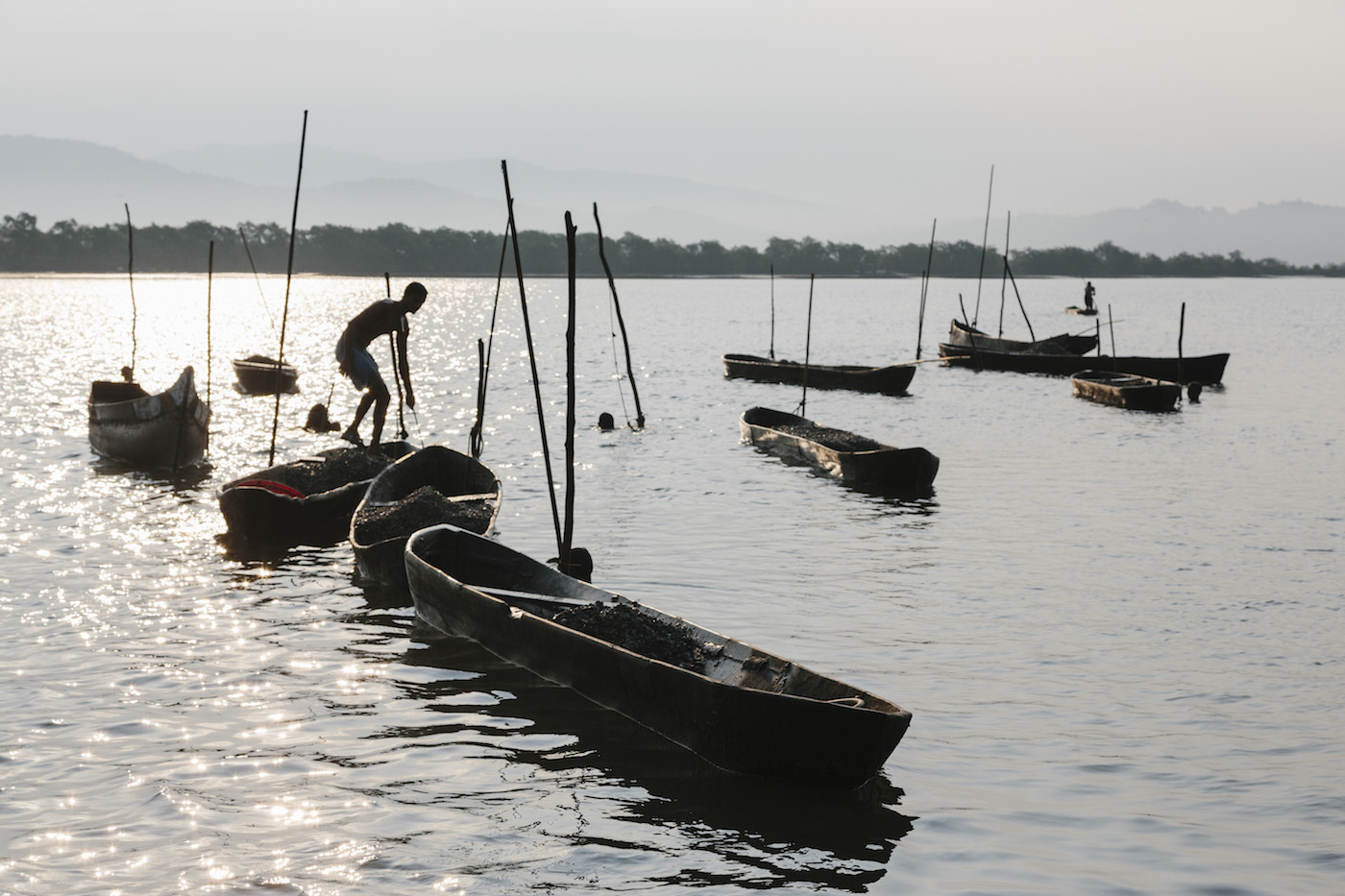
Coastal Zone Management Authorities (CZMAs) were first constituted in all coastal states of India in 1998. This was in pursuance to an order of the Supreme Court (WP 664/1993) to implement the Coastal Regulation Zone (CRZ) Notification (first issued in 1991 and then 2011). CZMAs are the primary institutional framework through which the implementation of the CRZ notification is carried out in all the coastal states of India. While the CRZ Notification has already gone through detailed reviews by eight committees and over 25 amendments, there has been no comprehensive review of the functioning of the CZMAs, including their institutional constraints and operational challenges.
In June 2014, the MoEFCC constituted a committee under the chairmanship of Shailesh Nayak, Director, Ministry of Earth Sciences to review the 2011 Notification. The report of the committee is yet to be made public. At the same time the Environment (Protection) Act, (EPA) 1986 from which the CRZ draws its mandate, was put before the TSR Committee for review in August 2014.
Even as the laws that give the CZMAs their mandate to regulate coastal land use and environments are being revisited, CZMAs continue to be reconstituted, and coastal projects with large-scale social and environmental impacts are being approved by both the CZMAs and the Ministry of Environment Forests and Climate Change (MoEFCC). How much have these processes been informed by the experiences of the CZMAs themselves? What is the experience of regulation by one of the oldest environmental bodies? How do they take decisions on projects to be located on the coast, the prime site for urbanisation and development in India? What challenges do they face when it comes to regulating impacts by projects such as the Posco steel plant and captive port in Odisha, the expansion of Kandla Port in Kutch, Gujarat or the burgeoning tourist facilities in Goa and Kerala?
The Centre for Policy Research-Namati Environmental Justice Program has recently completed a study titled CZMAs and Coastal Environments: Two Decades of Regulating Land Use Change on India’s Coastline. The study analyses the structure, functioning and performance CZMAs. After a three year detailed and in-depth research, this report is now available as the first study on the performance of CZMAs. The study:
The report:
The interviews with CZMA members establish that they are themselves concerned about their responsibilities and the constraints they face from policy and administrative processes. As V. Vivekanandan, Ex-member, NCZMA, in an interview in March 2012 lamented, “It (NCZMA) is an authority but it is functioning like a committee.”
Speaking about tidal demarcation, essential for coastal mapping but an expensive and time consuming exercise, the Member Secretary of Gujarat SCZMA shared in August 2013, “None of the agencies are willing to take it (tidal demarcation of the Gujarat coast) up.”
A. Ramachandran, member of the Kerala Authority shared in an interview in 2012, “Only if people get involved, only with their support can the Authority take bold steps.” He further added: “We should have district-wise monitoring groups along with the State Authority.”
We hope this report will form the basis of progressive reforms to the policy and practice of coastal regulation. Any steps to amend environmental laws such as the CRZ should include regulators and the public as well as empirical data on the regulatory experience thus far.
Download the report here, and read the Executive Summary
For more details, contact: Meenakshi Kapoor: +91 9891495048; Preeti Venkatram:+91 9818086231